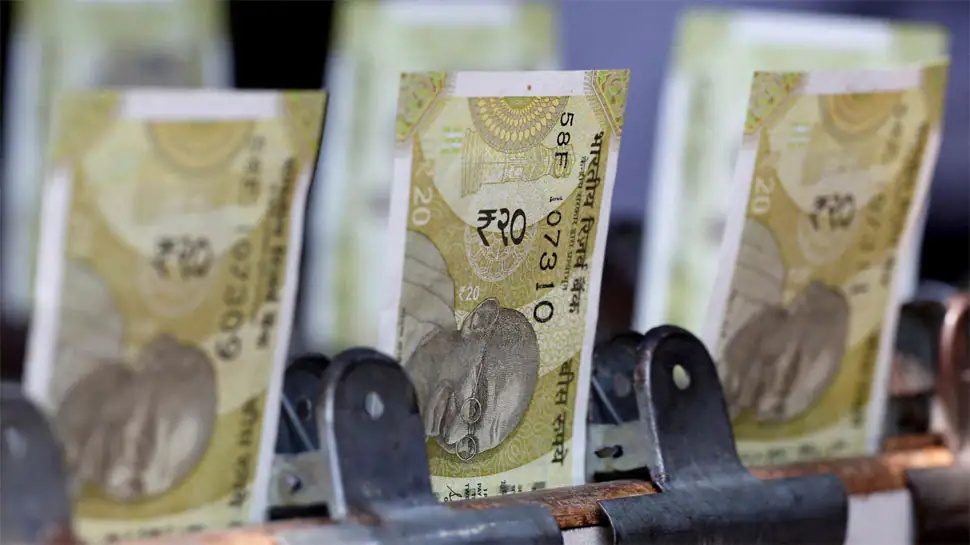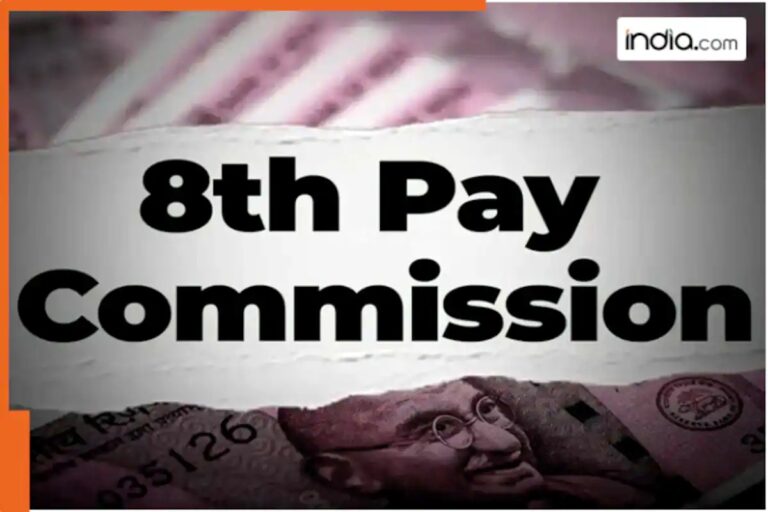
Recent DA Hike Sparks Controversy Among Central Government Employees
The recent 2% Dearness Allowance (DA) increase for the January-June 2025 period has left central government employees disillusioned, marking the smallest DA hike in seven years. This decision has raised concerns about the government’s commitment to addressing inflationary pressures faced by its workforce. The 2% increment, effective from January 2025, was implemented retroactively, with affected employees receiving arrears for January and February 2025. Despite the official announcement in March 2025, the modest increase has sparked debates about the adequacy of compensation for rising living costs.
Historical Context and DA Calculation Mechanism
The 2% DA hike represents the lowest adjustment since July 2018, with the previous significant increase occurring in October 2024. Central government employees currently receive 53% of their basic pay as DA, up from 50% previously. The calculation of DA is based on the All India Consumer Price Index (CPI) for industrial workers, which measures inflation trends. Recent CPI data for March 2025 showed a marginal 0.2-point rise to 143.0, offering a glimmer of hope for a potential increase in the upcoming July 2025 cycle. However, the slight dip from January’s 143.2 has prompted scrutiny over the reliability of this metric for determining DA adjustments.
Factors Influencing the July 2025 DA Decision
The upcoming DA hike for July-December 2025 will hinge on the CPI data for April-June 2025, which is yet to be released. Government officials are expected to announce the revised DA and Dearness Relief (DR) rates in October or November 2025. Stability in inflation figures during these months will be critical; a consistent or improved CPI trend could result in a 2-3% increase for July 2025. Analysts suggest that the government may follow a pattern of bi-annual DA adjustments, with announcements in March and September, to maintain fiscal discipline while addressing employee concerns.
Employee Expectations and Policy Implications
Central government employees and pensioners are closely monitoring economic indicators to anticipate the July DA hike. The current DA of 55% (after the 2% increase) has led to expectations of a similar or higher adjustment in the next cycle. However, the government faces pressure to balance budgetary constraints with the need to ensure fair compensation for its workforce. The bi-annual announcement schedule, which applies retroactively from January to July, is seen as a way to manage financial obligations while providing periodic relief. Critics argue that the current approach may not adequately address the long-term financial stability of government employees.
Broader Implications for Public Sector Workers
The DA policy for central government employees is part of a larger framework for public sector compensation. While the focus here is on central employees, similar mechanisms apply to state government workers, though with varying rates and schedules. The recent DA adjustments highlight the complex interplay between inflation data, fiscal policy, and employee welfare. As the government prepares for the July 2025 announcement, the outcome will likely influence discussions on wage adjustments for other public sector workers across India. The process underscores the importance of transparent and data-driven decision-making in managing public finances and employee satisfaction.




